How to choose the proper lighting for your home?!
It’s a question I’m often asked, so I decided to answer it with this article.
We know perfectly well that lighting is absolutely essential, and the wrong lighting can ruin your entire furnishing and décor project.
As mentioned other times, you could choose the most beautiful furniture, the best colors, and the finest materials, but if you get the lighting wrong, everything will fade away!
I’ve already discussed lighting by explaining color temperatures, color rendering, and more (you can find the video here!).
Today, I want to focus on choosing the right lights for your home and how to position them correctly for perfectly lit spaces!
Let’s first look at the different types of lighting based on their function.
We can divide lighting fixtures into two main categories:
– decorative
– architectural
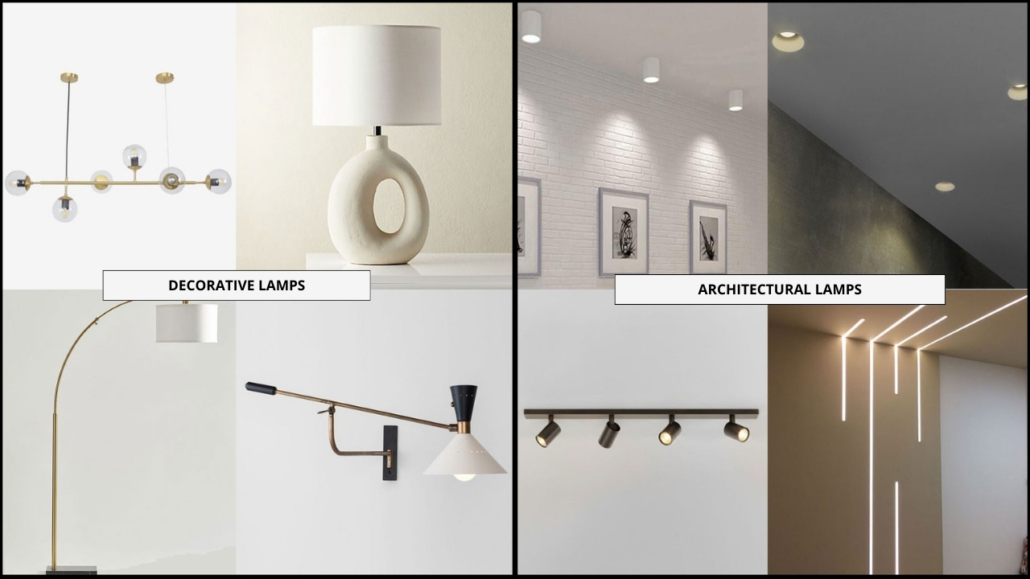
(credits: Mooeilight; cb2.com; shopee.com; amazon.com; pinterest; obsoleteinc.com; astrolighting.com; indiamart.com)
DECORATIVE LIGHTS
Decorative lights, of course, provide illumination, but they also enhance the design and aesthetics of our spaces.
They come in various forms:
– Chandeliers
– Table lamps
– Floor lamps
– Wall lamps
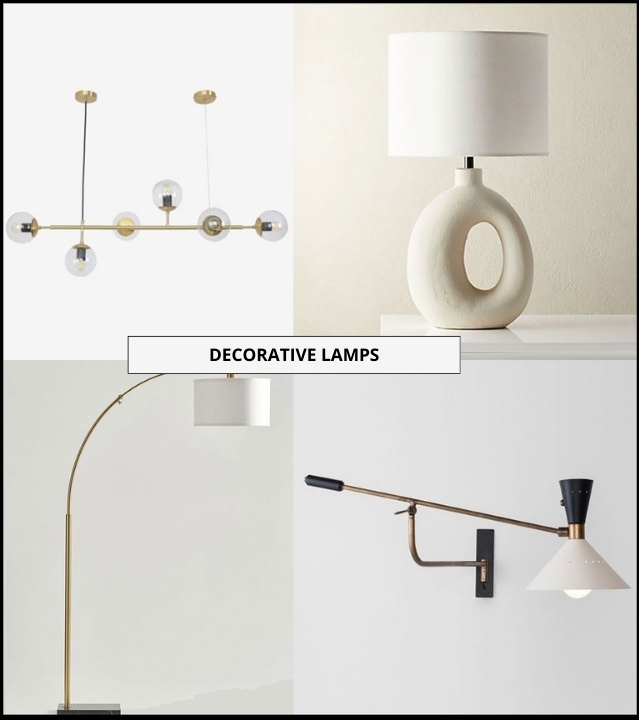
(Mooeilight; cb2.com; pinterest; obsoleteinc.com)
And each can have different styles!
In addition to providing illumination, decorative lights enhance the design and aesthetics of a space.
Therefore, they are essential elements when designing the décor of any space.
To understand how to choose the right lights for your home, we need to consider two key aspects:
– How the light spreads
– Shape, style, and color
HOW THE LIGHT SPREADS
– SHADED LAMPS
Shaded lamps emit a soft, even light.
This type of lamp helps create the room’s general lighting.
Chandeliers, table lamps, floor lamps, or wall lamps with shades help create a warm and inviting atmosphere.
These lamps are ideal for areas where you want to relax, such as the bedroom or living room.
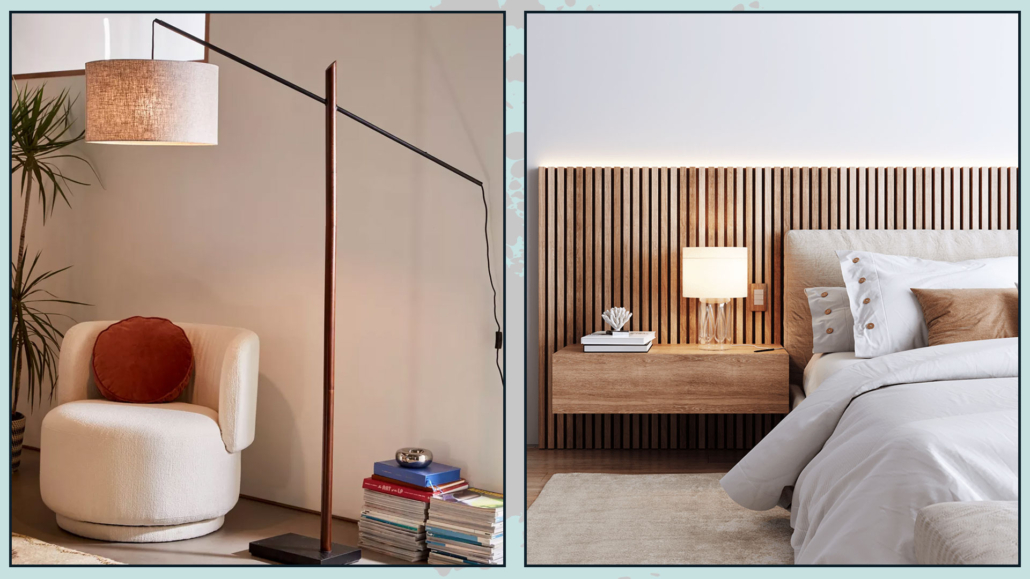
(credits: urbanoutfitters.com; behance.net)
– DIRECT LIGHTING
This type of lighting illuminates specific areas for tasks like reading, studying, drawing, eating, or cooking!
In addition to being highly functional by providing the right light for each activity, these lights are also a key part of the décor.
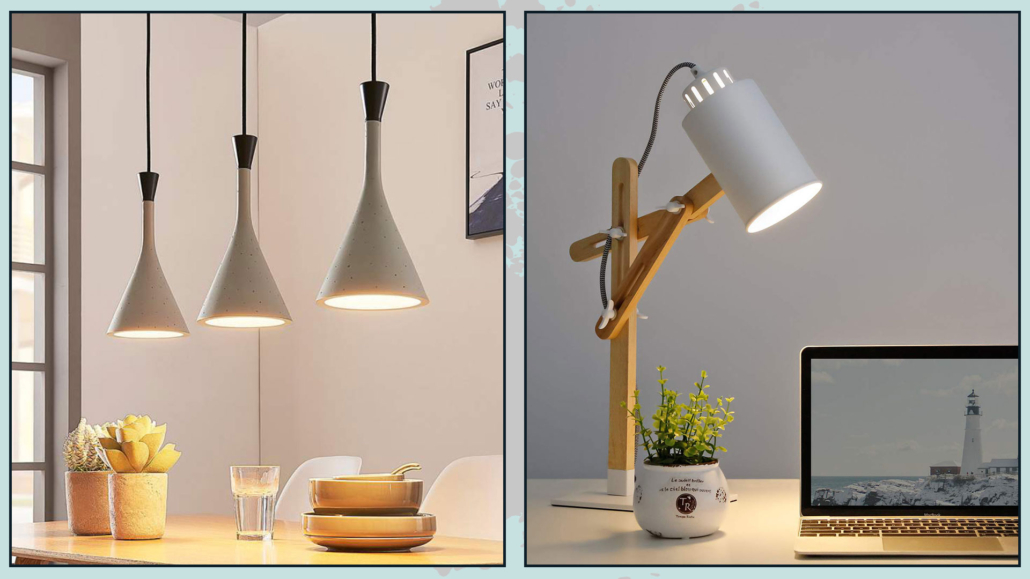
(credits: amazon.it)
Depending on how a lamp emits light, it will be more suitable for certain areas than others.
So, this is the first aspect to consider when choosing a lamp!
SHAPE, STYLE, AND COLOR
Once you’ve determined the best type of lamp based on how it emits light, you’ll need to choose its shape, style, and color to match the design you’ve selected for your home!
For example, if you love the minimalist style, you can use lamps with simple shapes and clean lines to maintain the style. Or, if you enjoy mixing, you can add lamps that contrast, making them the focal point!
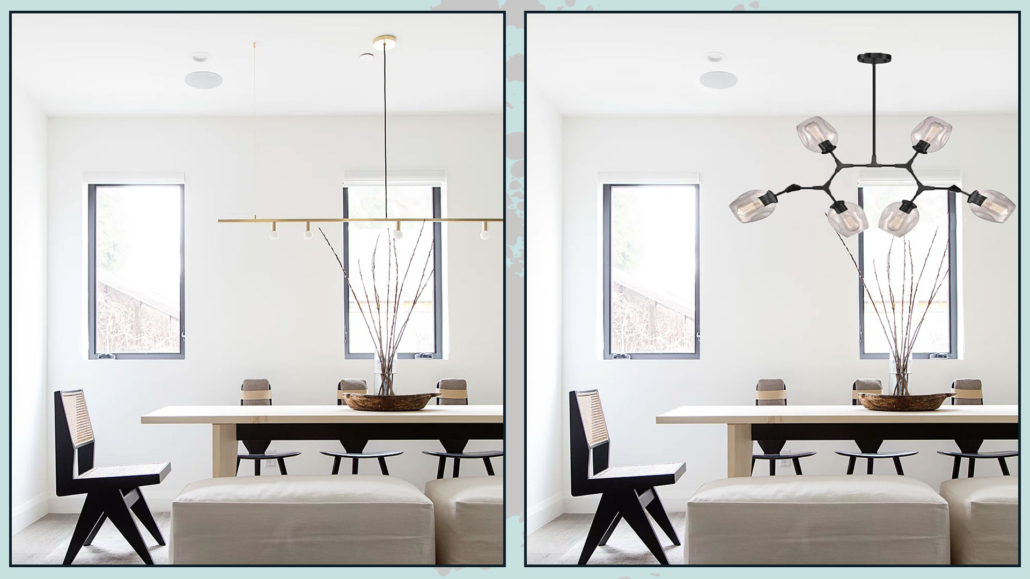
(credits: jdpinteriors.com)
In a room, there are usually several decorative lamps.
These lamps should have a common thread to ensure the space feels cohesive and harmonious.
You can achieve it by using lamps with similar shapes but different colors and materials or, on the contrary, lamps with different shapes but the same material and color!
ARCHITECTURAL LAMPS
Architectural lamps are subtle lights that, in a way, are part of the structure of a space; for this reason, you can use them regardless of the home’s style.
They are practical and functional for illuminating areas.
We can include in this group:
– Recessed spotlights
– Ceiling lights
– Regular spotlights
– LED strips
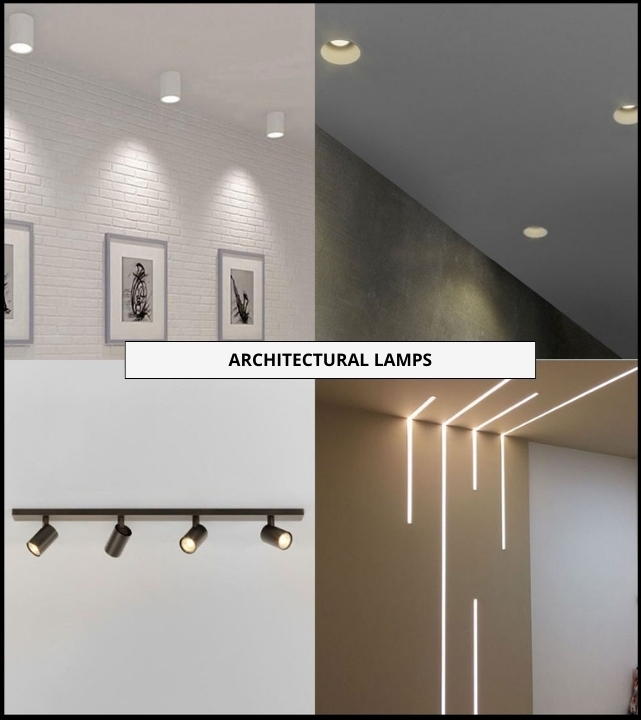
(shopee.com; amazon.com;astrolighting.com; indiamart.com)
In addition to illuminating spaces, these elements can highlight decorative objects or architectural features.
Let’s see where and how to use these lights.
– RECESSED SPOTLIGHTS
People commonly use recessed spotlights for general room lighting.
A false ceiling made of drywall is required to install them.
They are functional and discreet lamps that one can use in any room without altering the style.
They can have a wide or narrow light beam.
You can use recessed spotlights with wide beams anywhere as general lighting.
If the beam is narrow, they are best used to highlight a specific area, such as a wall with unique wallpaper or beautiful artwork.
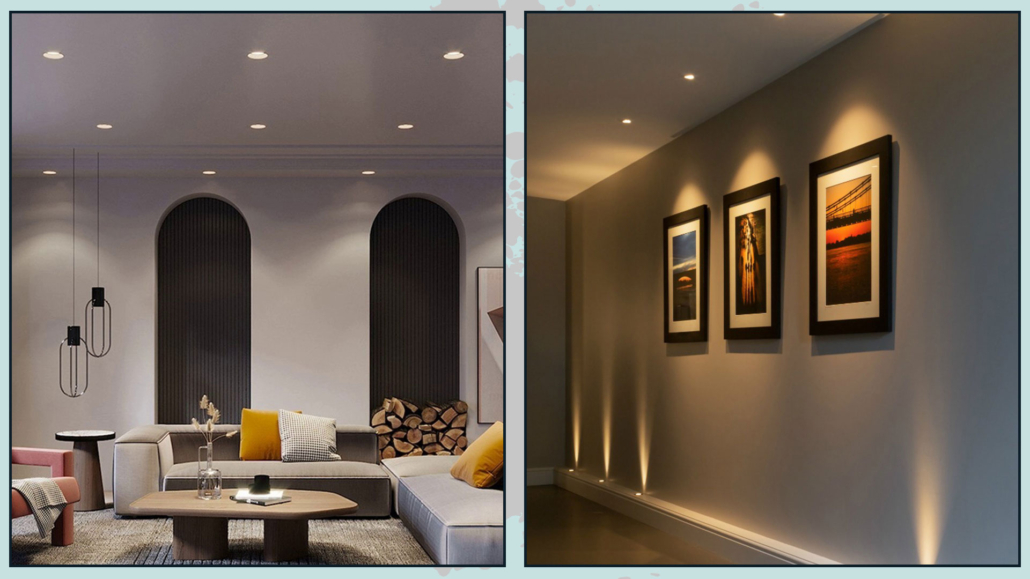
(credits: lednews.lighting; splash-of-light.co.uk)
– CEILING LIGHTS
Ceiling lights fulfill the same purpose as recessed spotlights and work well when you cannot have or do not want a false ceiling.
Their primary function is to provide general lighting.
There are countless different shapes of ceiling lights, and you will need to find one that best fits the shape, style, and color to match the room’s décor!
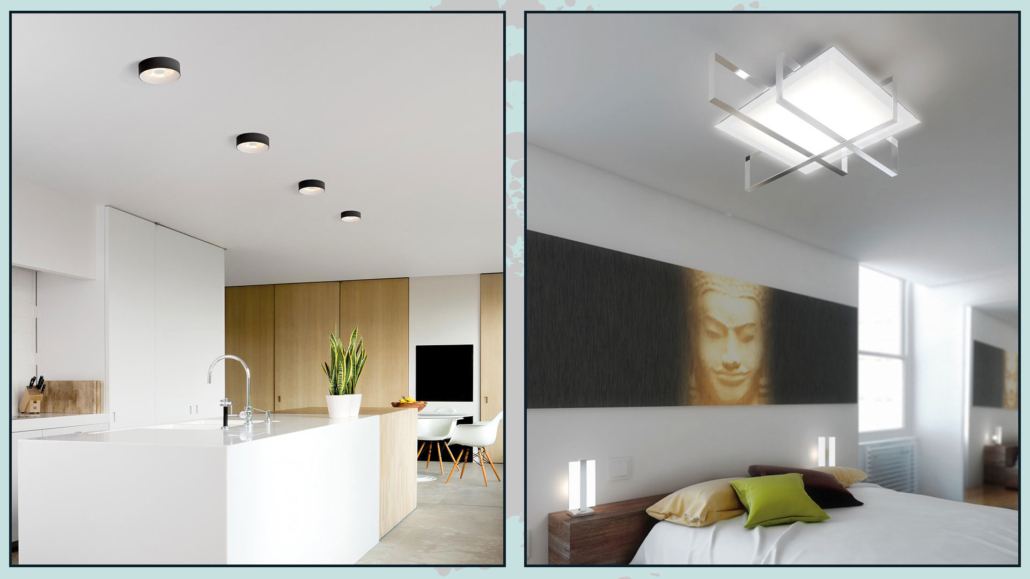
(credits: archiexpo.com; lampadaribartalini.it)
– REGULAR SPOTLIGHTS
On the other hand, regular spotlights usually have a narrow light beam, which makes them perfect to highlight a specific area, such as an architectural detail, a painting, a sculpture, or a wall with a unique texture!
You have to position spotlights to point exactly where you want them.
There are also spotlights mounted on tracks.
They’re ideal for spaces without a false ceiling but with a single central light source.
Thanks to the track, you can still distribute the light evenly.
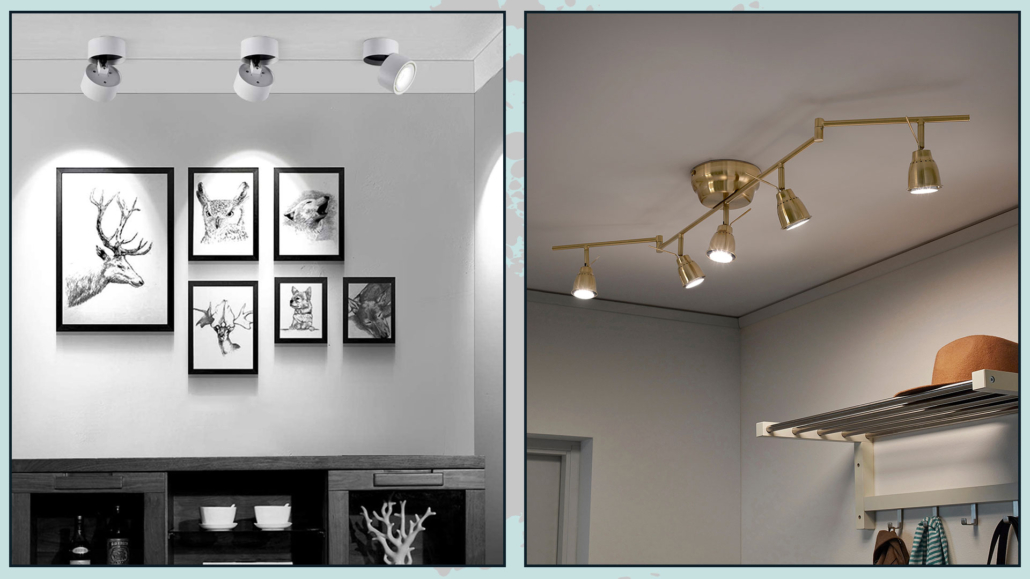
(credits: Vicki Fabian; ikea.com)
– LED STRIPS
Thanks to their versatility, LED strips have become widely used in interior design for the past few years!
LED strips can define volumes and illuminate furniture or functional areas like beneath kitchen cabinets!
They emit a soft, diffused light, perfect for general lighting and setting the mood!
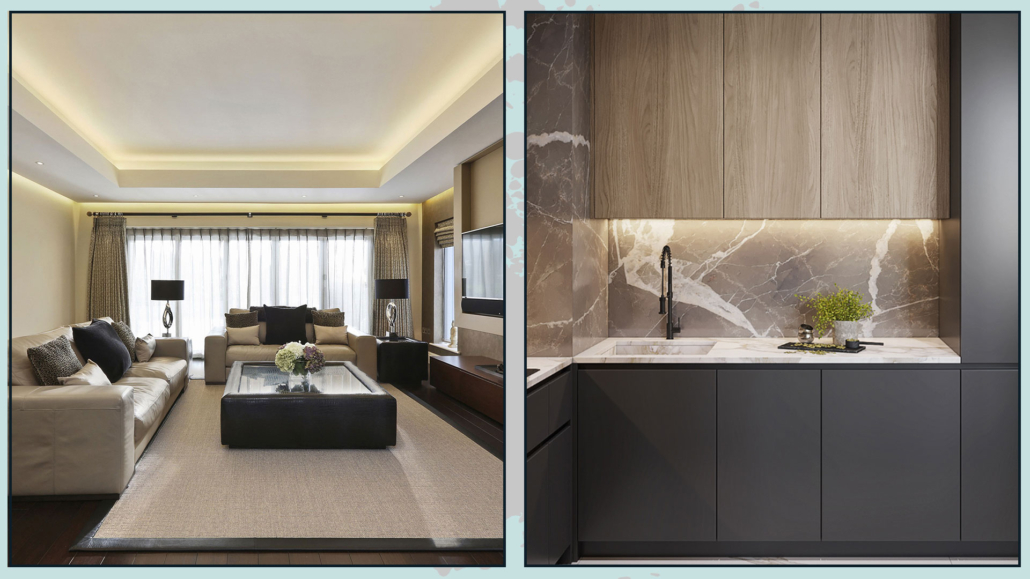
(credits: krow.rs; maisondorstudio.com)
SOME ADVICE
Now that you know the various types of lighting, I’d like to give you a few tips on how to better plan the lighting for your spaces:
– Use multiple lamps
One light source is not enough to properly illuminate a space and create contrast and depth!
The ideal setup is layering light: having general lighting to fully illuminate the room, spotlighting to highlight specific areas, and task lights that assist with activities like cooking, reading, studying, and so on.
– Be careful how space will be used
Try to understand how you will use a particular space to determine which lights to choose!
For example, in a study, you’ll need specific table lamps to make the space more comfortable for working.
– Design the lighting system
When designing a lighting system, base it on how you want to arrange the furniture in the room.
This way, you’ll have a truly functional and efficient lighting setup!
Otherwise, the risk is having lights in places where they’re not needed and lacking them where they are.
I hope you enjoyed this article and found it helpful.
If so, don’t hesitate to share it with someone you think might be interested; I would be honored, and it will help me get known.
If you feel that your home, or any part of it, doesn’t reflect you enough, don’t wait any longer: fall in love with your place again and book your consultancy!
This post is also available in: Italian

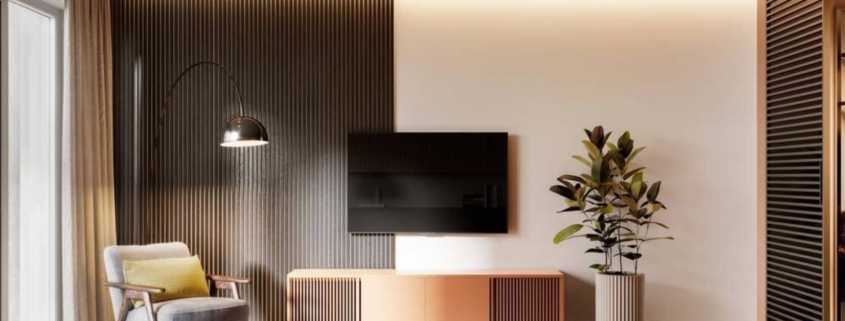
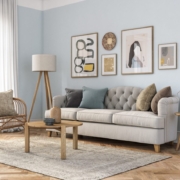
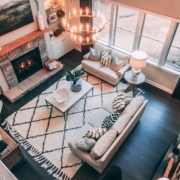
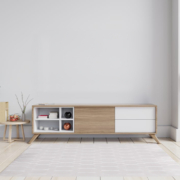
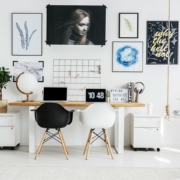

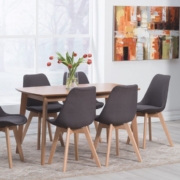


Leave a Reply
Want to join the discussion?Feel free to contribute!